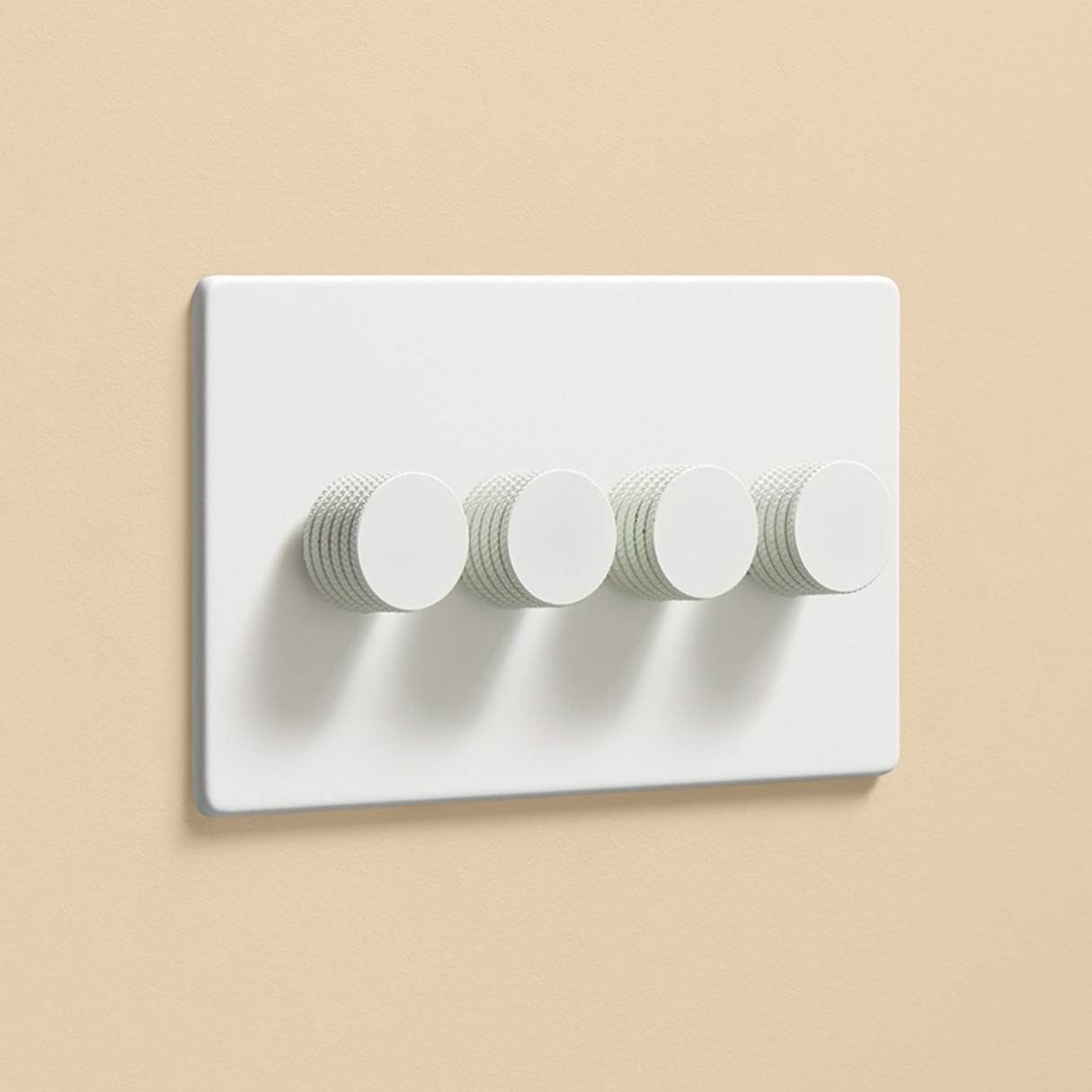

Articles
What Kind Of Dimmer Switch Do I Need
Modified: January 9, 2024
Looking for articles on dimmer switches? Find out what kind of dimmer switch you need with our helpful guide.
(Many of the links in this article redirect to a specific reviewed product. Your purchase of these products through affiliate links helps to generate commission for Storables.com, at no extra cost. Learn more)
Introduction
When it comes to lighting control in our homes, dimmer switches offer a convenient and customizable solution. Whether you want to create a cozy ambiance in your living room or adjust the brightness in your bedroom for a more relaxed atmosphere, dimmer switches allow you to easily control the level of light in a room.
However, choosing the right dimmer switch can be confusing with the various types and compatibility considerations. In this article, we will guide you through the different types of dimmer switches available and help you understand which one is best for your specific needs.
Before we delve into the types of dimmer switches, let’s take a quick look at how dimmer switches work. Essentially, dimmers regulate the amount of electrical current flowing to the light fixture, allowing you to adjust the brightness as desired. This is achieved by using electronic components that alter the voltage waveform, thus changing the intensity of the light emitted.
Now that we have a basic understanding of how dimmer switches function, let’s explore the different types available and their specific features.
Key Takeaways:
- Choose the right dimmer switch by considering bulb compatibility, wattage limits, and dimming range to create the perfect lighting ambiance in your space.
- Understanding the different types of dimmer switches and their compatibility with specific bulb types is crucial for achieving optimal dimming performance and creating the desired lighting effects.
Read more: What Is A Dimmer Switch
Understanding Dimmer Switches
Dimmer switches are devices that allow you to control the brightness of a light fixture by adjusting the flow of electrical current. They provide a range of lighting options, from bright and energizing to subtle and relaxing. Understanding the different types of dimmer switches will help you make an informed decision when it comes to selecting the right one for your needs.
There are three main types of dimmer switches: leading edge dimmer switches, trailing edge dimmer switches, and universal dimmer switches. Each type operates slightly differently and is designed to work with specific types of bulbs.
Leading Edge Dimmer Switches: Leading edge dimmer switches are the most commonly used type. They are designed to work with traditional incandescent and halogen bulbs. These dimmers function by cutting off a portion of the voltage waveform to reduce the intensity of the light emitted. Leading edge dimmers are typically more affordable and readily available.
Trailing Edge Dimmer Switches: Trailing edge dimmer switches are designed to work with newer lighting technologies, such as LED and CFL bulbs, which are more sensitive to voltage fluctuations. Unlike leading edge dimmer switches, trailing edge dimmers cut off the trailing edge of the voltage waveform, providing a smoother dimming experience with these types of bulbs.
Universal Dimmer Switches: Universal dimmer switches offer the most flexibility as they can work with a wide range of bulb types, including incandescent, halogen, LED, and CFL bulbs. These dimmers have built-in circuitry that automatically detects the type of bulb being used and adjusts the dimming technique accordingly. Universal dimmers are versatile and can be a great option if you have a mix of different bulb types throughout your home.
Now that you have a better understanding of the different types of dimmer switches available, it’s important to consider the compatibility of bulbs with each type of dimmer. This will ensure optimal performance and prevent any issues with flickering lights or incompatible dimming ranges.
Types of Dimmer Switches
Dimmer switches come in various types, each designed to work with specific lighting technologies. Understanding these different types will help you choose the right dimmer switch for your specific needs. Let’s explore the three main types of dimmer switches: leading edge dimmer switches, trailing edge dimmer switches, and universal dimmer switches.
Leading Edge Dimmer Switches: Leading edge dimmer switches, also known as forward phase dimmers, are the most common type of dimmer switches and are compatible with traditional incandescent and halogen bulbs. They function by cutting off a portion of the voltage waveform to reduce the intensity of the light emitted. Leading edge dimmers are typically less expensive and widely available.
Trailing Edge Dimmer Switches: Trailing edge dimmer switches, also known as reverse phase dimmers, are designed to work with newer lighting technologies, such as LED and CFL bulbs. These dimmers cut off the trailing edge of the voltage waveform, providing a smoother dimming experience with these types of bulbs. Trailing edge dimming is more gentle and avoids sudden changes in light intensity, which is particularly important for sensitive LED and CFL bulbs.
Universal Dimmer Switches: Universal dimmer switches offer the most flexibility as they are compatible with a wide range of bulb types, including incandescent, halogen, LED, and CFL bulbs. These dimmer switches have built-in circuitry that automatically detects the type of bulb being used and adjusts the dimming technique accordingly. Universal dimmers are a great option if you have different types of bulbs throughout your home or if you plan on upgrading your lighting in the future.
It’s important to note that not all dimmable LED bulbs are compatible with all types of dimmer switches. Manufacturers often provide compatibility lists that specify which dimmer switches work best with their LED bulbs, so it’s important to consult these lists or contact the manufacturer to ensure optimal performance.
Now that we’ve covered the different types of dimmer switches, let’s move on to understanding the compatible bulbs for dimmer switches to further assist you in making the right choice for your lighting needs.
Leading Edge Dimmer Switches
Leading edge dimmer switches, also known as forward phase dimmers, are the most commonly used type of dimmer switches. They are designed to work with traditional incandescent and halogen bulbs. Leading edge dimmers function by cutting off a portion of the voltage waveform to reduce the intensity of the light emitted.
One of the main advantages of leading edge dimmer switches is their affordability and widespread availability. They have been around for many years and are commonly found in households and commercial buildings. If you are using incandescent or halogen bulbs, leading edge dimmer switches are a cost-effective option.
However, leading edge dimmers may not be suitable for all types of lighting technologies. Some LED bulbs, especially those not specifically designed for leading edge dimming, may experience compatibility issues, such as flickering or buzzing sounds. It’s essential to check the compatibility of your LED bulbs before installing them with a leading edge dimmer switch.
Leading edge dimmer switches typically have a minimum load requirement. This means that the total wattage of the bulbs connected to the dimmer switch should exceed the minimum load specified by the manufacturer. If the total wattage of the bulbs is below the minimum load, the dimmer switch may not work correctly, and you may experience issues like flickering or limited dimming range.
It’s important to note that incandescent and halogen bulbs generate heat, and leading edge dimmers may not be the best choice if you are looking to reduce energy consumption. These dimmers work by reducing the voltage, but they do not result in energy savings since the bulbs still consume full power.
In summary, leading edge dimmer switches are a popular choice for traditional incandescent and halogen bulbs due to their affordability and widespread availability. If you have incandescent or halogen bulbs in your home and want to control their brightness, a leading edge dimmer switch can be a suitable option. However, if you plan to use LED bulbs, it’s essential to ensure their compatibility with leading edge dimmers to avoid any performance issues.
Next, we will discuss trailing edge dimmer switches, which are specifically designed for newer lighting technologies, such as LED and CFL bulbs.
Trailing Edge Dimmer Switches
Trailing edge dimmer switches, also known as reverse phase dimmers, are designed to work with newer lighting technologies like LED and CFL bulbs. These dimmer switches offer better compatibility and performance when dimming these types of bulbs, providing a smoother and more stable dimming experience.
Unlike leading edge dimmer switches that cut off a portion of the voltage waveform, trailing edge dimmers cut off the trailing edge of the voltage waveform to reduce the intensity of the light emitted. This technique is more gentle and avoids sudden changes in light intensity, which is particularly important for sensitive LED and CFL bulbs.
Trailing edge dimmer switches offer several advantages when used with LED and CFL bulbs. Firstly, they allow for a wider range of dimming, meaning you can adjust the light output to your desired level with precision. This gives you more control over the ambiance and mood in your space.
Secondly, trailing edge dimmer switches are designed to handle the low wattage and electronic components found in LED and CFL bulbs. These bulbs are more energy-efficient compared to incandescent bulbs, and trailing edge dimmers provide smoother, flicker-free dimming without compromising the lifespan of the bulbs.
Compatibility is a key aspect to consider when using trailing edge dimmer switches. LED and CFL bulbs vary in their dimmability, so it’s important to check the packaging or consult the manufacturer’s specifications to ensure that the bulbs you choose are compatible with trailing edge dimmers. Some dimmable LED bulbs are specifically labeled as being compatible with trailing edge dimmers, making it easier to find the right match.
It’s worth noting that dimmer switches have specific wattage compatibility requirements. Make sure to check the maximum and minimum wattage ratings for the trailing edge dimmer switch to ensure it can handle the total wattage of the bulbs connected to it. Exceeding the wattage limits can lead to performance issues, including flickering or even damage to the dimmer switch.
In summary, trailing edge dimmer switches are an ideal choice for dimming LED and CFL bulbs. They offer smoother dimming, wider dimming range, and better compatibility with these newer lighting technologies. When selecting trailing edge dimmer switches, ensure they are specifically designed to work with LED and CFL bulbs and check the wattage compatibility to ensure optimal performance.
Next, we will explore universal dimmer switches that offer flexibility for a variety of bulb types.
Universal Dimmer Switches
Universal dimmer switches provide the ultimate flexibility when it comes to dimming different types of bulbs. As the name suggests, these dimmer switches are designed to work with a wide range of bulb types, including incandescent, halogen, LED, and CFL bulbs.
Unlike leading edge and trailing edge dimmer switches, universal dimmers have built-in circuitry that automatically detects the type of bulb being used and adjusts the dimming technique accordingly. This means you can use a universal dimmer switch throughout your home, even if you have a mix of different bulb technologies.
One of the main advantages of universal dimmer switches is their versatility. If you have a combination of incandescent, halogen, LED, and CFL bulbs in your home, a universal dimmer switch allows you to control the brightness of all your lights with ease. This eliminates the need to install different types of dimmer switches in different rooms or areas.
When it comes to compatibility, universal dimmer switches are designed to work seamlessly with a wide range of bulb brands and models. However, it’s still important to check the packaging or consult the manufacturer’s specifications to ensure that your specific bulbs are compatible with the universal dimmer switch you are considering.
Another important factor to consider when using universal dimmer switches is the wattage compatibility. Just like with other dimmer switches, make sure to check the maximum and minimum wattage ratings for the universal dimmer switch to ensure it can safely handle the total wattage of the bulbs connected to it.
Universal dimmer switches are a great choice for those who want a single dimmer solution for their entire home. They offer convenience and flexibility, allowing you to easily adjust the lighting ambiance in any room with different types of bulbs. However, it’s important to note that some universal dimmer switches may have a higher price point compared to leading edge or trailing edge dimmer switches.
In summary, universal dimmer switches provide compatibility with various types of bulbs, including incandescent, halogen, LED, and CFL bulbs. They offer convenience and flexibility, making them an ideal choice for homeowners who have a mix of different lighting technologies in their spaces. Just remember to check the compatibility and wattage specifications to ensure optimal performance with your specific bulbs.
Now that we have explored the different types of dimmer switches and their compatibility with various bulbs, let’s move on to discussing the specific bulb types that are suitable for dimmer switches.
Compatible Bulbs for Dimmer Switches
When it comes to using dimmer switches, it’s important to consider the compatibility of the bulbs you choose. Not all bulbs are designed to work with dimmer switches, and using incompatible bulbs can lead to flickering, buzzing, or even damage to the bulbs or the dimmer switch itself. Let’s explore the compatibility of different bulb types with dimmer switches.
Incandescent Bulbs: Incandescent bulbs are the most common type of bulb and are generally compatible with all types of dimmer switches, including leading edge, trailing edge, and universal dimmers. These bulbs are known for their warm glow and can be easily dimmed to create the desired ambiance.
Halogen Bulbs: Halogen bulbs are also compatible with most types of dimmer switches, including leading edge and universal dimmers. However, it’s essential to check the specific bulb packaging or consult the manufacturer’s specifications to ensure compatibility. Some halogen bulbs may require specific dimmer switches to work properly.
LED Bulbs: LED bulbs have gained popularity due to their energy efficiency and longevity. However, not all LED bulbs are dimmable, and even dimmable LED bulbs may not work well with all types of dimmer switches. It’s crucial to look for dimmable LED bulbs that are specifically labeled as compatible with dimmer switches. Additionally, match the LED bulb’s dimming range with the dimmer switch’s specified dimming capabilities for optimal performance.
CFL Bulbs: Compact Fluorescent Lamps (CFLs) have also become commonly used due to their energy-saving properties. However, not all CFL bulbs are dimmable, and incompatible CFL bulbs may cause flickering or buzzing when used with dimmer switches. Look for CFL bulbs that are labeled as dimmable and compatible with dimmer switches to ensure smooth dimming operation.
As technology advances, manufacturers continue to develop bulbs that are specifically designed for dimmer switches. It’s crucial to check the packaging, consult the manufacturer’s specifications, or visit their website for recommended dimmable bulb options and compatibility information.
Remember, using non-dimmable bulbs with dimmer switches can cause performance issues and may void the warranty of the bulbs. It’s always best to double-check the compatibility and recommended usage of the bulbs to ensure a smooth and enjoyable dimming experience with your dimmer switches.
Now that we understand the compatible bulbs for dimmer switches, let’s move on to discussing the wattage compatibility considerations when choosing the right dimmer switch.
Incandescent Bulbs
Incandescent bulbs are one of the most commonly used types of bulbs and have been a popular choice for many years. They work by passing an electric current through a filament, heating it up and emitting light. Incandescent bulbs are known for their warm, soft glow and are compatible with various types of dimmer switches.
When it comes to using incandescent bulbs with dimmer switches, compatibility is generally not an issue. Most dimmer switches, including leading edge, trailing edge, and universal dimmers, are designed to work with incandescent bulbs.
One of the advantages of using incandescent bulbs with dimmer switches is the smooth dimming experience they provide. They can be dimmed to lower light levels to create a cozy and intimate ambiance in a room. The adjustment of the dimmer switch allows you to control the brightness level according to your preference.
It’s important to note that dimming incandescent bulbs does not result in energy savings. Unlike other lighting technologies, such as LED or CFL, incandescent bulbs consume the same amount of power regardless of the dimming level. The dimmer switch controls the voltage supplied to the bulb, but the bulb still consumes the full wattage specified on the packaging.
Some considerations to keep in mind when using incandescent bulbs with dimmer switches are the minimum and maximum load requirements. Dimmer switches often have a minimum load requirement, meaning the total wattage of the bulbs connected to the dimmer switch should exceed the minimum load specified by the manufacturer. If the total wattage falls below the minimum load, the dimmer switch may not function properly or may exhibit issues like flickering or limited dimming range.
Additionally, it’s important to be aware of the wattage compatibility of the dimmer switch. Make sure to check the maximum wattage rating of the dimmer switch and ensure that the total wattage of the bulbs connected to it does not exceed this limit. Exceeding the wattage limit can lead to overheating and potentially damage the dimmer switch.
In summary, incandescent bulbs are compatible with various types of dimmer switches, making them a versatile option for creating adjustable lighting in your home. However, keep in mind that dimming incandescent bulbs does not result in energy savings, and attention should be paid to the minimum and maximum load requirements of the dimmer switch. Overall, incandescent bulbs provide a warm and customizable lighting experience when paired with dimmer switches.
Next, we will discuss halogen bulbs and their compatibility with dimmer switches.
Halogen Bulbs
Halogen bulbs are a popular lighting choice due to their bright and focused light output. These bulbs are a type of incandescent bulb that uses a halogen gas to help regenerate the filament and extend the bulb’s lifespan. Halogen bulbs offer a crisp, white light that is ideal for task lighting, accent lighting, and other applications where a high level of brightness is desired.
When it comes to using halogen bulbs with dimmer switches, compatibility is generally not an issue. Most dimmer switches, including leading edge, trailing edge, and universal dimmers, can work effectively with halogen bulbs. However, it’s important to note that some specific halogen bulbs may require dimmer switches that are specifically designed for halogen lighting.
One advantage of using halogen bulbs with dimmer switches is the smooth and precise control over the brightness level. Dimming halogen bulbs allows you to adjust the light output to create the desired ambiance for any given space. Whether you want to create a bright and energizing atmosphere or a more subtle and relaxing environment, dimming halogen bulbs provides you with the flexibility to achieve your desired lighting effects.
When choosing a dimmer switch for halogen bulbs, it’s essential to consider the recommended wattage range specified by the manufacturer. Halogen bulbs come in a variety of wattages, so ensure the dimmer switch you select falls within the appropriate wattage range to ensure optimal performance and avoid any potential issues.
Another consideration when using halogen bulbs with dimmer switches is the heat generated by these bulbs. Halogen bulbs can become very hot during operation, and it’s important to choose dimmer switches that can handle the high heat output. Look for dimmer switches that are designed for use with halogen bulbs or check the manufacturer’s specifications for heat tolerance.
In terms of energy efficiency, halogen bulbs are not as energy-efficient as other lighting technologies, such as LED or CFL bulbs. They consume more electricity and have a shorter lifespan compared to these alternatives. However, the ability to dim halogen bulbs can help reduce energy usage when the full brightness is not required.
In summary, halogen bulbs are compatible with most dimmer switches, including leading edge, trailing edge, and universal dimmers. They offer bright and focused light output and are ideal for applications where high brightness is desired. When choosing a dimmer switch for halogen bulbs, consider the recommended wattage range and ensure the dimmer switch can handle the heat generated by the bulbs.
Next, we will explore the compatibility of LED bulbs with dimmer switches.
When choosing a dimmer switch, make sure to consider the type of light bulbs you have. LED and CFL bulbs require a specific dimmer switch designed for them, so be sure to check the compatibility before making a purchase.
Read more: What Kind Of Grass Seed Do I Need
LED Bulbs
LED (Light Emitting Diode) bulbs have become increasingly popular in recent years due to their energy efficiency and long lifespan. LED bulbs offer a range of benefits, including lower energy consumption, reduced heat output, and compatibility with dimmer switches. However, it’s important to note that not all LED bulbs are designed to work with dimmer switches, so it’s crucial to choose the right bulbs for your dimming needs.
When it comes to dimming LED bulbs, it’s essential to select specifically labeled “dimmable” LED bulbs. These bulbs are designed to work in conjunction with dimmer switches, providing a smooth and consistent dimming experience. Dimmable LED bulbs typically have built-in circuitry that enables them to dim without flickering or causing any performance issues.
Compatibility between LED bulbs and dimmer switches can vary, so it’s important to check the packaging or consult the manufacturer’s specifications to ensure that the LED bulbs you choose are compatible with the specific dimmer switch you have or plan to install. Some LED bulbs are specifically labeled as compatible with leading edge dimmers, trailing edge dimmers, or universal dimmers.
It’s important to match the dimming range of the LED bulbs with the specified dimming capabilities of the dimmer switch. Some LED bulbs may have a limited dimming range, meaning they may not dim as low or as smoothly as others. Understanding the compatibility between the LED bulbs and the dimmer switch will ensure optimal performance and a satisfying dimming experience.
One advantage of using dimmable LED bulbs is that they offer significant energy savings. LED technology is highly efficient, allowing you to reduce your energy consumption and save on electricity costs by dimming the bulbs when full brightness is not necessary. Dimmable LED bulbs also have a longer lifespan compared to incandescent or halogen bulbs, offering even more cost savings in the long run.
When it comes to choosing dimmer switches for LED bulbs, it’s important to select the appropriate type. Leading edge, trailing edge, and universal dimmer switches are available to accommodate different LED bulb types. Ensure that the dimmer switch you choose is specifically designed for LED compatibility to avoid any issues or performance inconsistencies.
In summary, LED bulbs offer energy efficiency, long lifespan, and compatibility with dimmer switches. However, it’s crucial to select specifically labeled dimmable LED bulbs and choose the right dimmer switch that is designed for LED compatibility. With the right combination of dimmable LED bulbs and dimmer switches, you can enjoy the benefits of energy-efficient lighting and easily adjust the brightness levels to suit your needs.
Next, we will discuss compact fluorescent lamps (CFLs) and their compatibility with dimmer switches.
CFL Bulbs
Compact Fluorescent Lamps (CFLs) have gained popularity as an energy-efficient alternative to traditional incandescent bulbs. These bulbs use phosphor-coated tubes to produce light and consume significantly less energy while providing comparable light output. While CFL bulbs can be a great choice for energy-efficient lighting, not all CFL bulbs are designed to work with dimmer switches.
When it comes to dimming CFL bulbs, it’s important to choose specifically labeled “dimmable” CFL bulbs. These bulbs are designed to work in conjunction with dimmer switches, allowing you to adjust the brightness according to your needs. Dimmable CFL bulbs usually have additional circuitry that allows for smooth dimming performance without flickering or buzzing.
It’s crucial to check the packaging or consult the manufacturer’s specifications to ensure that the CFL bulbs you select are dimmable. Using non-dimmable CFL bulbs with dimmer switches can lead to performance issues, such as flickering, buzzing, or even potential damage to the bulbs or dimmer switch.
Another consideration when using CFL bulbs with dimmer switches is the dimming range. CFL bulbs may have a limited dimming range, meaning they may not dim as low or as smoothly as other types of bulbs. Checking the dimming range specified by the manufacturer will help you choose the appropriate CFL bulbs for your desired dimming experience.
It’s worth noting that not all dimmer switches are compatible with CFL bulbs, even if they are labeled as dimmable. CFL bulbs are more sensitive to voltage fluctuations compared to incandescent or halogen bulbs, and not all dimmer switches are designed to work effectively with CFL technology.
When choosing a dimmer switch for CFL bulbs, look for dimmer switches specifically labeled as compatible with CFL technology. These dimmer switches are designed to handle the low wattage and electronic components of CFL bulbs, providing smooth and flicker-free dimming operation.
In terms of energy efficiency, CFL bulbs offer significant benefits compared to traditional incandescent bulbs. They consume less energy and have a longer lifespan. When combined with a dimmer switch, dimmable CFL bulbs allow for even more energy savings by adjusting the brightness level according to your needs.
In summary, CFL bulbs can be a good choice for energy-efficient lighting, but it’s important to select specifically labeled dimmable CFL bulbs and compatible dimmer switches. Check the packaging or consult the manufacturer’s specifications to ensure the bulbs and dimmer switches are designed to work together. With the right combination, you can enjoy the benefits of energy-efficient lighting and easily adjust the brightness of your CFL bulbs with a dimmer switch.
Next, we will discuss wattage compatibility considerations when choosing the right dimmer switch for your lighting setup.
Dimmer Switch Wattage Compatibility
When choosing a dimmer switch, it’s essential to consider the wattage compatibility to ensure optimal performance and safety of your lighting setup. The wattage compatibility of a dimmer switch refers to the range of wattages it can handle for the connected bulbs.
Each dimmer switch has a maximum and minimum wattage rating, and it’s important to stay within these limits. If you exceed the maximum wattage rating, you risk overheating the dimmer switch, which can lead to malfunction or even electrical hazards. Similarly, if you go below the minimum wattage rating, the dimmer switch may not function properly, and you may experience issues such as flickering or limited dimming range.
When selecting a dimmer switch, consider the total wattage of all the bulbs that will be connected to it. Add up the wattages of the bulbs to ensure they fall within the wattage range specified by the dimmer switch manufacturer. It’s important to factor in the wattages of both incandescent and LED bulbs, as they have different power consumption levels.
Keep in mind that dimmer switches are often labeled with a maximum load in watts. This refers to the combined wattage of all bulbs that can be connected to the dimmer switch. Exceeding this maximum load can cause the dimmer switch to overheat and potentially become a fire hazard.
It’s also worth noting that some dimmer switches have a wattage adjustment feature. This allows you to fine-tune the dimming range by adjusting the minimum and maximum wattage levels. This feature can be helpful if you have a specific lighting setup that requires precise control over the dimming range.
If you are unsure about the wattage compatibility of your dimmer switch or need assistance in calculating the wattage of your bulbs, it’s always best to consult the manufacturer’s specifications or seek professional advice from an electrician.
In summary, wattage compatibility is an important consideration when choosing a dimmer switch for your lighting setup. It’s crucial to stay within the specified wattage range to ensure proper functionality and avoid any electrical hazards. Calculate the total wattage of your bulbs and compare it to the maximum and minimum wattage ratings of the dimmer switch. By adhering to the wattage compatibility guidelines, you can ensure a safe and effective dimming experience in your home.
Next, we will discuss the various factors to consider when choosing the right dimmer switch for your specific needs.
Choosing the Right Dimmer Switch
Choosing the right dimmer switch for your specific needs requires careful consideration of several factors. By taking into account these factors, you can ensure that the dimmer switch you select is compatible with your bulbs, provides the desired dimming experience, and meets your overall lighting requirements.
Here are some key considerations when choosing the right dimmer switch:
1. Dimming Range: Different dimmer switches offer varying dimming ranges. Consider the level of control you desire over the brightness of your lights. Some dimmer switches are capable of a wide range of dimming, allowing you to adjust the light output as needed. Others may have a more limited dimming range. Choose a dimmer switch that offers the dimming capabilities that suit your preferences.
2. Bulb Compatibility: Ensure that the dimmer switch you choose is compatible with the specific type of bulbs you intend to use. Consider the technology, such as incandescent, halogen, LED, or CFL, and check for any compatibility limitations or recommendations from the manufacturer. Using incompatible bulbs with the dimmer switch can lead to performance issues, including flickering or buzzing.
3. Wattage Compatibility: Check the maximum and minimum wattage ratings of the dimmer switch to ensure that it can handle the total wattage of the bulbs connected to it. Exceeding the maximum wattage can cause the dimmer switch to overheat and potentially become a fire hazard, while going below the minimum wattage may result in improper functioning or limited dimming range.
4. Bulb Type Adjustability: If you have a mix of different bulb types in your space, consider choosing a universal dimmer switch that can work with various technologies like incandescent, halogen, LED, and CFL bulbs. This provides flexibility and convenience, eliminating the need for different types of dimmer switches throughout your home.
5. Brand and Quality: Choose dimmer switches from reputable brands known for their quality and reliability. It’s important to select dimmer switches that are built to last and provide consistent performance over time.
6. Aesthetics and Design: Consider the design and aesthetics of the dimmer switch. Choose a style that complements your home decor and blends seamlessly with your existing light switches and outlets.
7. Professional Installation: If you are uncertain or uncomfortable with electrical work, it’s wise to hire a professional electrician for the installation of dimmer switches. They can ensure proper wiring and make certain that the dimmer switch is safely integrated into your lighting system.
By considering these factors and conducting thorough research, you can choose the right dimmer switch that meets your specific requirements and enhances your overall lighting experience.
Next, let’s conclude our discussion on choosing the right dimmer switch.
Read more: What Kind Of Weather Stripping Do I Need
Considerations for Dimming Range
When choosing a dimmer switch, one important consideration is the dimming range it offers. The dimming range refers to the ability to adjust the brightness of the lights, allowing you to create the desired ambiance in your space. Understanding the dimming range and its impact on your lighting needs is crucial for a satisfying dimming experience. Here are some key considerations for dimming range:
1. Wide vs. Limited Dimming: Dimmer switches can have different ranges, ranging from wide to limited dimming capabilities. A wide dimming range allows for a significant reduction in light output, providing a broad spectrum of brightness levels. On the other hand, dimmer switches with limited dimming ranges offer more conservative adjustments. Consider your preference for being able to fine-tune the lighting ambiance vs. having more limited control.
2. Scene Setting: If you plan to use the dimmer switch to create different lighting scenes or moods in your space, such as bright task lighting or soft ambient lighting, a wide dimming range can be advantageous. It will allow you to easily transition between different levels of brightness and achieve the desired lighting effect in each scene.
3. Specific Application: Consider the specific application where you plan to use the dimmer switch. For example, in bedrooms or relaxation areas, you may prefer a dimmer switch with a wide dimming range to create a tranquil and cozy atmosphere. In areas where task lighting is essential, a more limited dimming range may suffice.
4. Compatibility with Bulbs: Different types of bulbs have varying dimming capabilities. Some bulbs dim more smoothly and consistently across the range, while others may exhibit flickering or limited dimming performance at certain levels. Ensure that the dimmer switch you choose is compatible with the specific bulbs you plan to use, allowing for optimal dimming performance without any issues.
5. Gradual Dimming: Consider whether you prefer a dimmer switch that provides a gradual and smooth transition between brightness levels. Some dimmer switches offer this feature, enabling a seamless and visually pleasing dimming experience. This can be especially important for sensitive lighting technologies, such as LED bulbs, to avoid any flickering or abrupt changes in light output.
6. User-friendliness: Ease of use is another factor to consider when evaluating the dimming range of a switch. Look for a dimmer switch with clear and intuitive controls, allowing you to adjust the brightness levels effortlessly. Some dimmer switches may have additional features, such as touch-sensitive panels or remote controls, which can enhance the user experience.
By considering these factors, you can choose a dimmer switch with the right dimming range to create the desired lighting effects in your space. Whether you prefer a wide range for versatile lighting scenes or a more limited range for specific applications, selecting a dimmer switch that meets your dimming requirements will ensure a pleasant and customizable lighting experience.
Next, let’s discuss the considerations for bulb compatibility when choosing a dimmer switch.
Considerations for Bulb Compatibility
When choosing a dimmer switch, it’s important to consider the compatibility of the bulbs you plan to use. Not all bulbs are designed to work with dimmer switches, and using incompatible bulbs can lead to flickering, buzzing, or even damage to the bulbs or the dimmer switch itself. Here are some considerations for bulb compatibility:
1. Dimmable Bulbs: First and foremost, ensure that the bulbs you choose are specifically labeled as dimmable. Dimmable bulbs are designed to work in conjunction with dimmer switches, providing a smooth and consistent dimming experience. Using non-dimmable bulbs with a dimmer switch can result in performance issues and may void the warranty of the bulbs.
2. Bulb Technology: Different types of bulbs have varying dimming capabilities. Incandescent and halogen bulbs are generally compatible with most types of dimmer switches, including leading edge, trailing edge, and universal dimmers. However, LED and CFL bulbs are more sensitive to dimming and may require specific dimmer switches that are designed for their technology.
3. Manufacturer Recommendations: Check the manufacturer’s recommendations and specifications for bulb compatibility with dimmer switches. Some bulb manufacturers provide compatibility lists or guidelines indicating which dimmer switches work best with their bulbs. Following these recommendations will help ensure optimal performance and compatibility.
4. Dimmer Switch Type: Different dimmer switches are designed to work with specific types of bulbs. Leading edge dimmer switches are typically compatible with incandescent and halogen bulbs, while trailing edge dimmer switches are designed for LED and CFL bulbs. Universal dimmer switches offer compatibility with a wider range of bulb types. Choose the dimmer switch type that aligns with the bulbs you plan to use.
5. Bulb Dimming Range: Consider the dimming range specified by the bulb manufacturer. Some dimmable LED bulbs may have more limited dimming ranges compared to incandescent or halogen bulbs. Ensure that the dimming range of the bulbs aligns with the specified dimming capabilities of the dimmer switch for optimal performance.
6. Consult Manufacturer or Expert: If you are uncertain about bulb compatibility with dimmer switches, consult the bulb manufacturer or seek expert advice from an electrician. They can provide specific recommendations based on your requirements and help ensure that the bulbs you choose will function safely and effectively with the dimmer switch.
By considering these factors and ensuring the compatibility of your bulbs with the dimmer switch, you can avoid potential issues and enjoy a seamless and satisfactory dimming experience. Always refer to the manufacturer’s specifications and recommendations for optimal bulb and dimmer switch compatibility.
Next, let’s move on to discussing the considerations for wattage compatibility when choosing a dimmer switch.
Considerations for Wattage Compatibility
When selecting a dimmer switch, one critical consideration is the wattage compatibility to ensure safe and optimal performance. The wattage compatibility of a dimmer switch refers to the range of wattages it can handle for the connected bulbs. Here are some important considerations for wattage compatibility:
1. Maximum Wattage Rating: Every dimmer switch has a maximum wattage rating, which specifies the highest wattage that the switch can safely handle. It’s essential to ensure that the total wattage of the bulbs connected to the dimmer switch does not exceed this maximum rating. Exceeding the maximum wattage can lead to overheating and potential damage to the dimmer switch or even pose a fire hazard.
2. Minimum Load Requirement: Some dimmer switches have a minimum load requirement, indicating the minimum wattage that should be connected to the switch. If the total wattage falls below the minimum load, the dimmer switch may not function correctly, resulting in issues such as flickering, limited dimming range, or even failure to switch on. Ensure that the total wattage of the bulbs connected to the dimmer switch exceeds the minimum load specified by the manufacturer.
3. Dimmer Switch Adjustability: Certain dimmer switches offer adjustable wattage levels, allowing you to fine-tune the dimming range and functionality. This feature can be useful if you have specific lighting setups or if you want precise control over the dimming experience. Consider if having the ability to adjust the wattage range is important for your specific needs.
4. Take into Account Bulb Wattages: When evaluating wattage compatibility, calculate the total wattage of all the bulbs connected to the dimmer switch. Consider both incandescent and LED bulbs, as they have different wattages. Make sure that the total wattage does not exceed the maximum rating of the dimmer switch to prevent any performance issues or safety concerns.
5. Seek Professional Advice: If you are unsure about wattage compatibility or need assistance in calculating the wattage of your bulbs, it’s best to consult the manufacturer’s specifications or seek professional advice from an electrician. They can help ensure that the dimmer switch you choose is suitable for your specific wattage requirements and provide guidance to ensure safe installation.
By considering these factors and adhering to the wattage compatibility guidelines, you can choose a dimmer switch that can safely handle the wattage of your bulbs and achieve optimal dimming performance. Always refer to the manufacturer’s specifications and seek expert advice when necessary to ensure a safe and effective dimming experience.
Next, let’s conclude our discussion with a summary of the key considerations for choosing the right dimmer switch.
Conclusion
Choosing the right dimmer switch is crucial when it comes to controlling the brightness and creating the desired ambiance in your space. By considering various factors such as dimming range, bulb compatibility, wattage compatibility, and specific lighting needs, you can select a dimmer switch that meets your requirements and enhances your overall lighting experience.
Understanding the different types of dimmer switches, including leading edge, trailing edge, and universal dimmers, is essential for selecting the appropriate one for your specific bulb types. Incandescent and halogen bulbs are typically compatible with leading edge dimmers, while LED and CFL bulbs often require trailing edge or specific LED-compatible dimmer switches.
Bulb compatibility is another crucial consideration. Ensure that your bulbs are dimmable and compatible with the dimmer switch you choose to avoid flickering, buzzing, or potential damage. Check the manufacturer’s recommendations and specifications for compatibility guidelines.
Wattage compatibility is important to ensure safe and optimal performance. Consider the maximum wattage rating and minimum load requirement of the dimmer switch to ensure that your bulb wattages fall within the acceptable range. Exceeding the maximum wattage can lead to overheating, while falling below the minimum load may result in issues like flickering or limited dimming range.
Lastly, consider the dimming range to match your specific lighting needs. Wide dimming ranges offer versatility and are ideal for creating different lighting scenes, while more limited ranges may be suitable for specific applications or task lighting.
It’s essential to consult the manufacturer’s specifications, seek professional advice when needed, and ensure proper installation to guarantee a safe and effective dimming experience.
By taking all these factors into account, you can choose the right dimmer switch that suits your specific requirements, enhances your lighting control, and creates the perfect ambiance in your home.
Now that you have a comprehensive understanding of dimmer switches and their considerations, you can confidently select the right dimmer switch to create the perfect lighting atmosphere in your space.
Frequently Asked Questions about What Kind Of Dimmer Switch Do I Need
Was this page helpful?
At Storables.com, we guarantee accurate and reliable information. Our content, validated by Expert Board Contributors, is crafted following stringent Editorial Policies. We're committed to providing you with well-researched, expert-backed insights for all your informational needs.
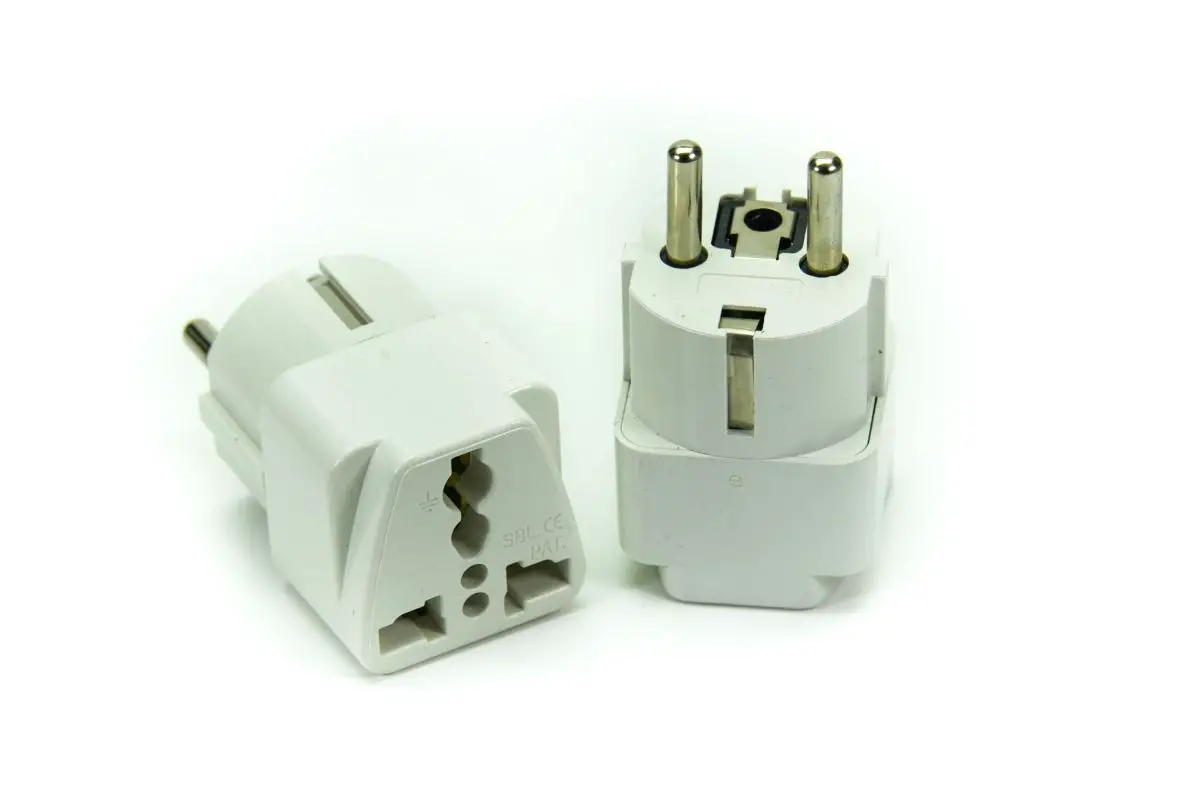


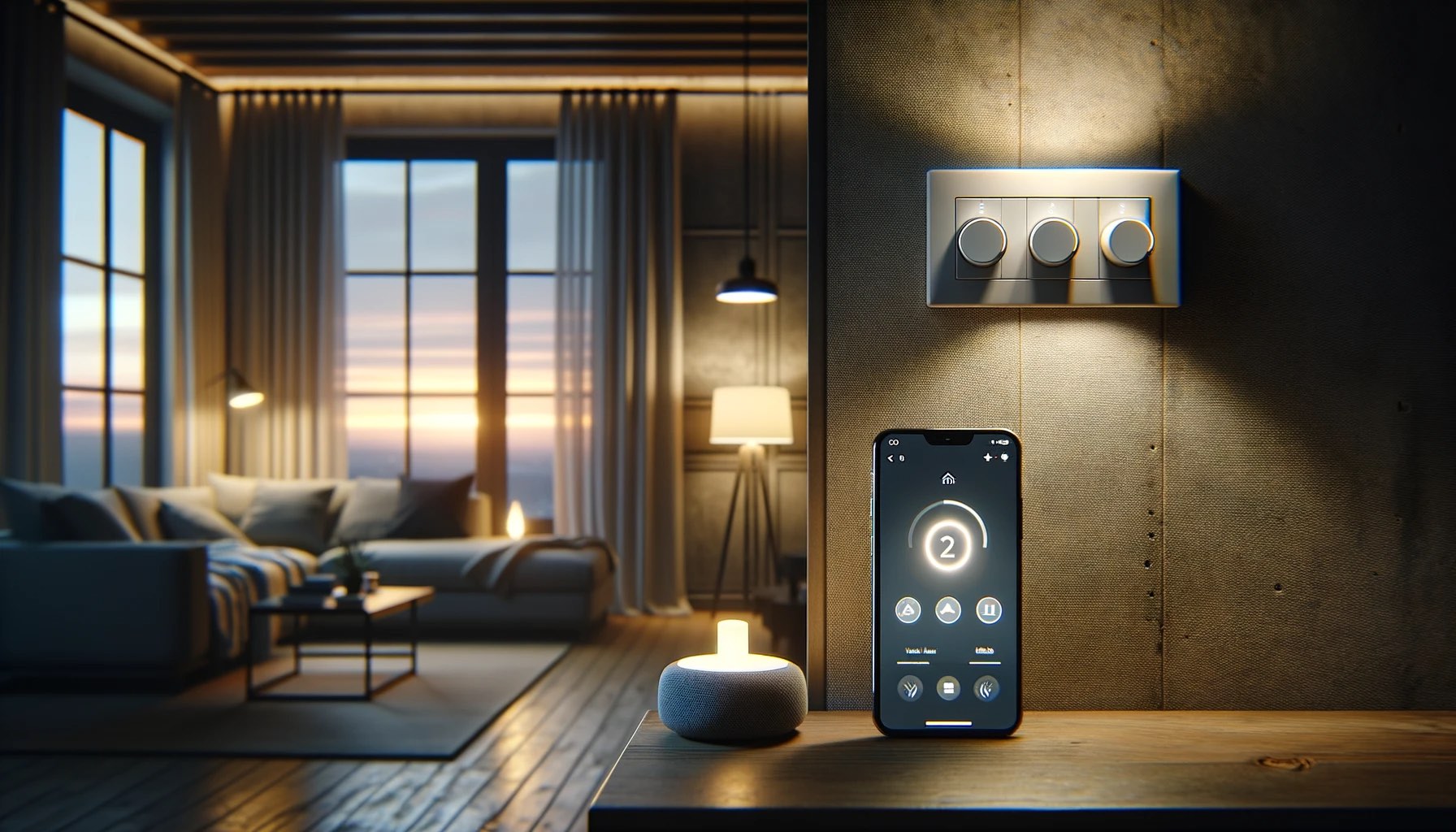
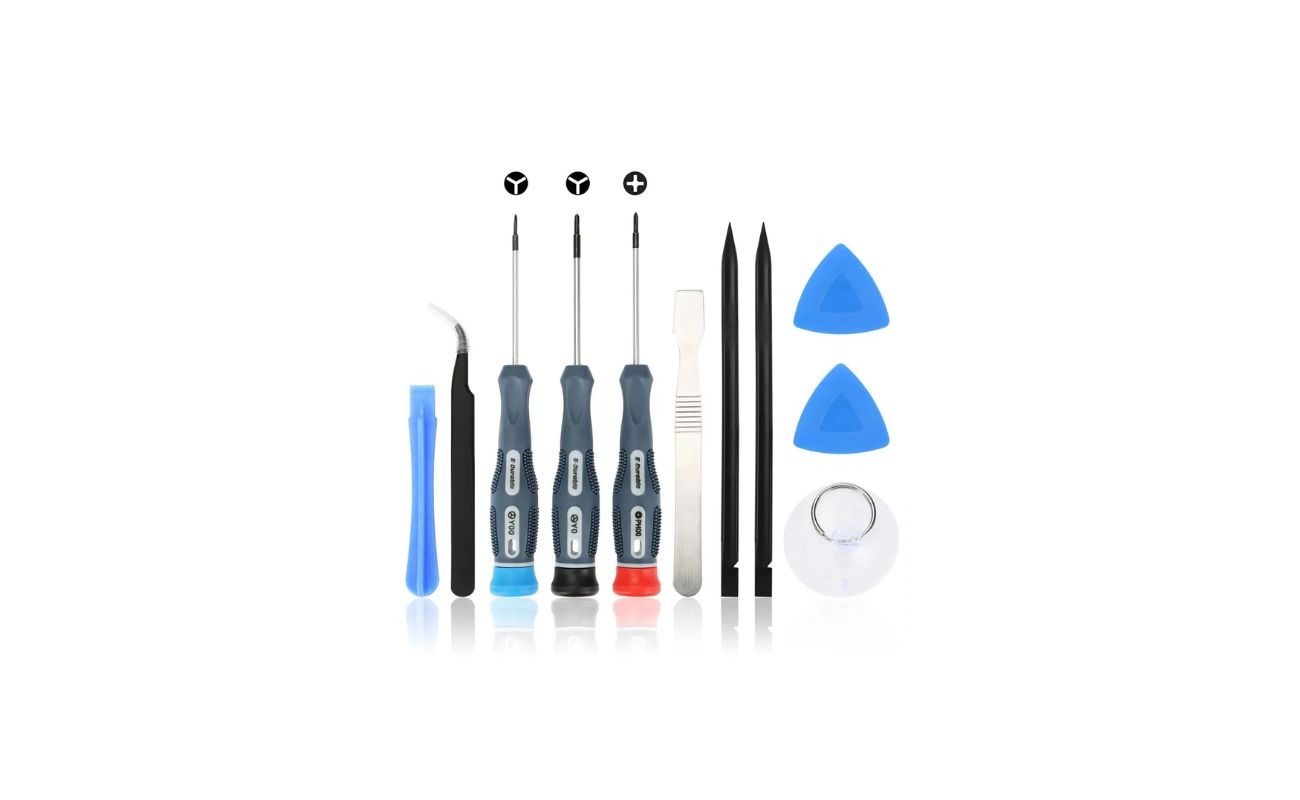
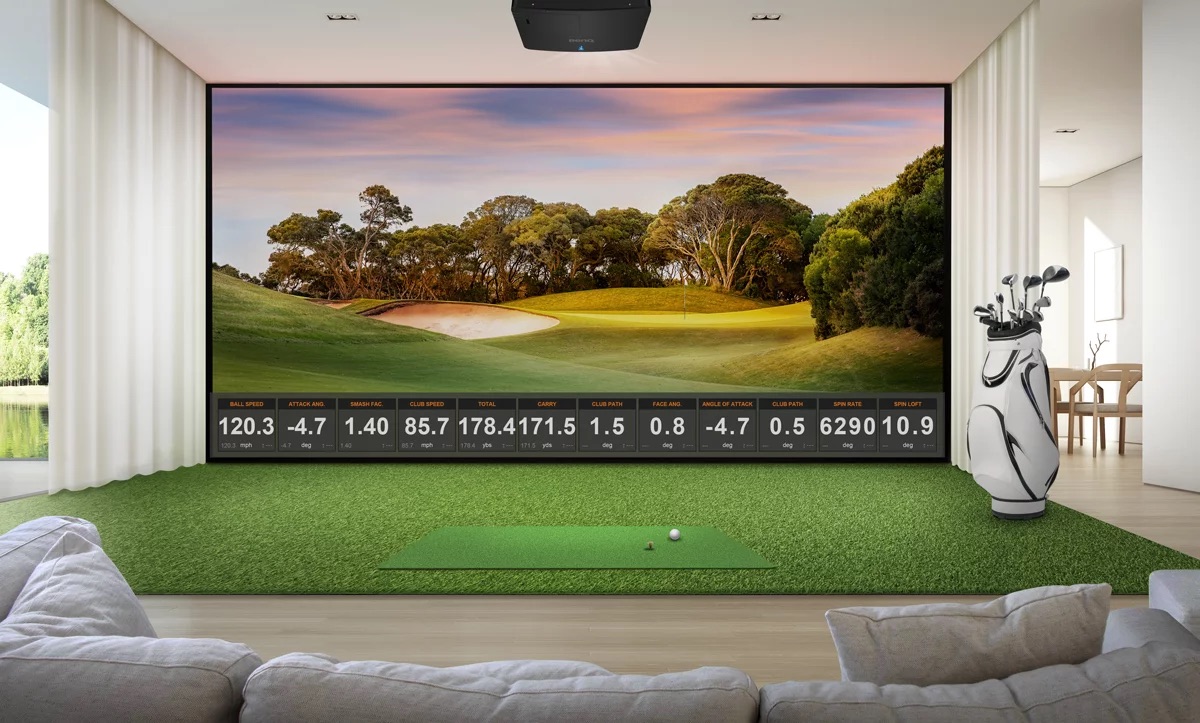
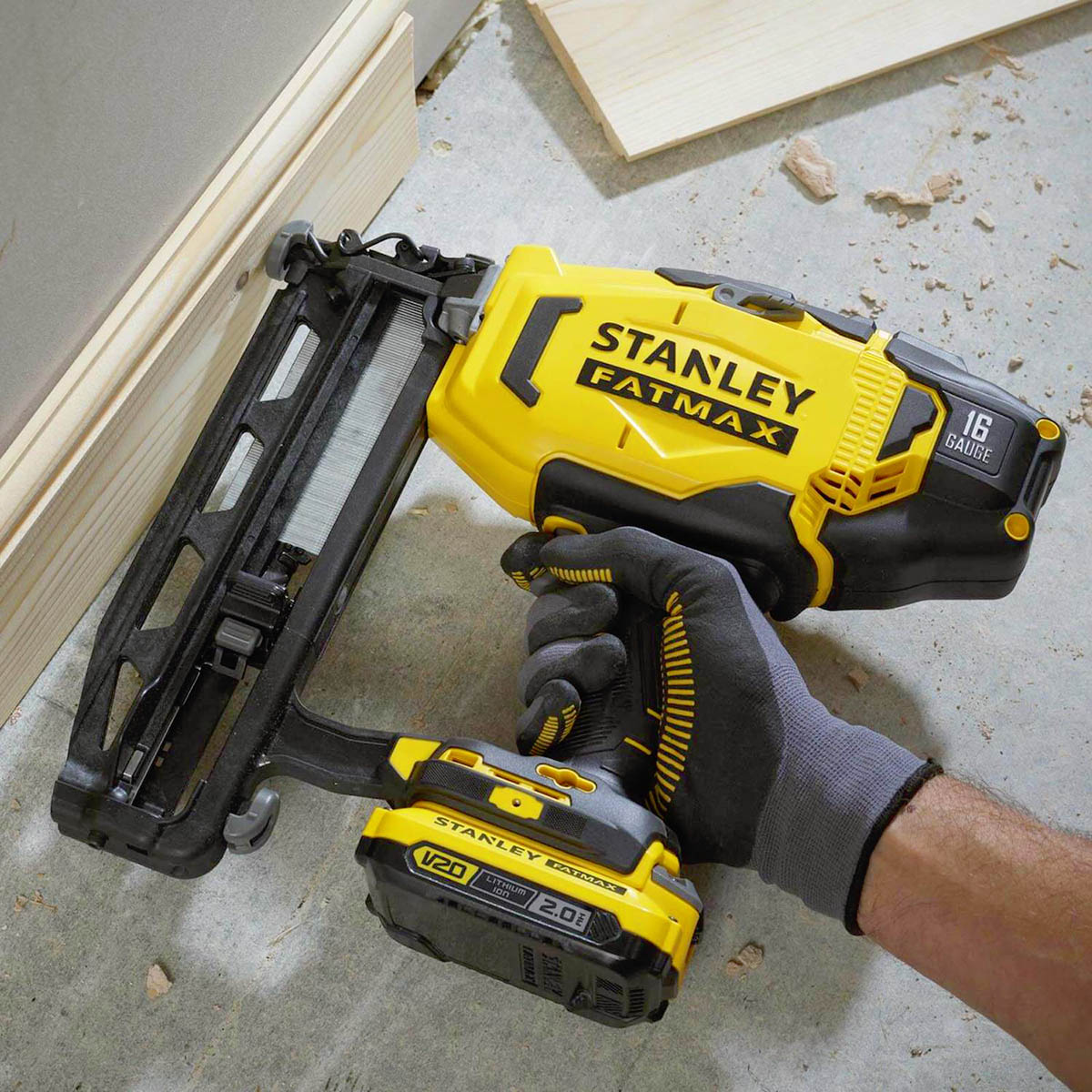



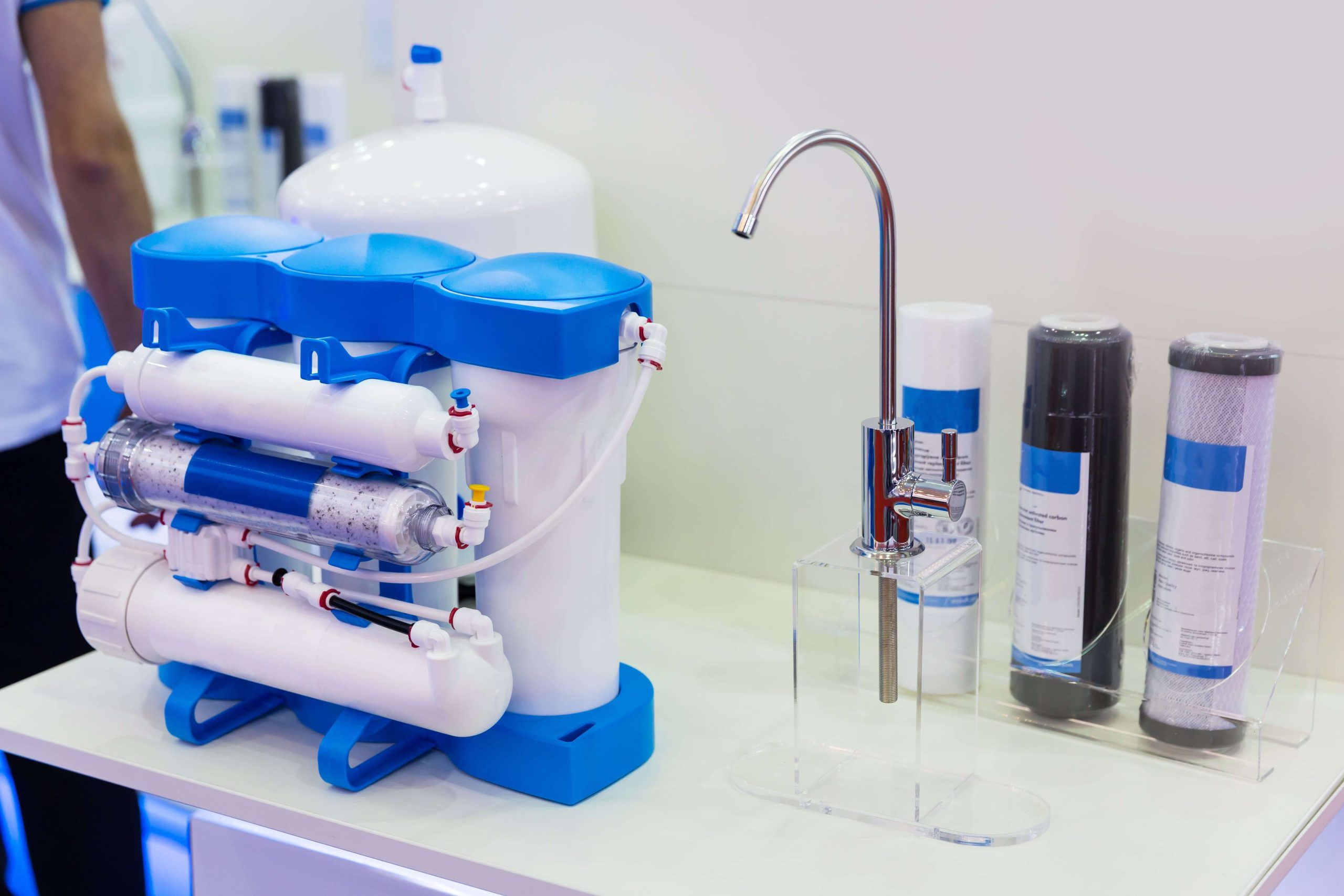
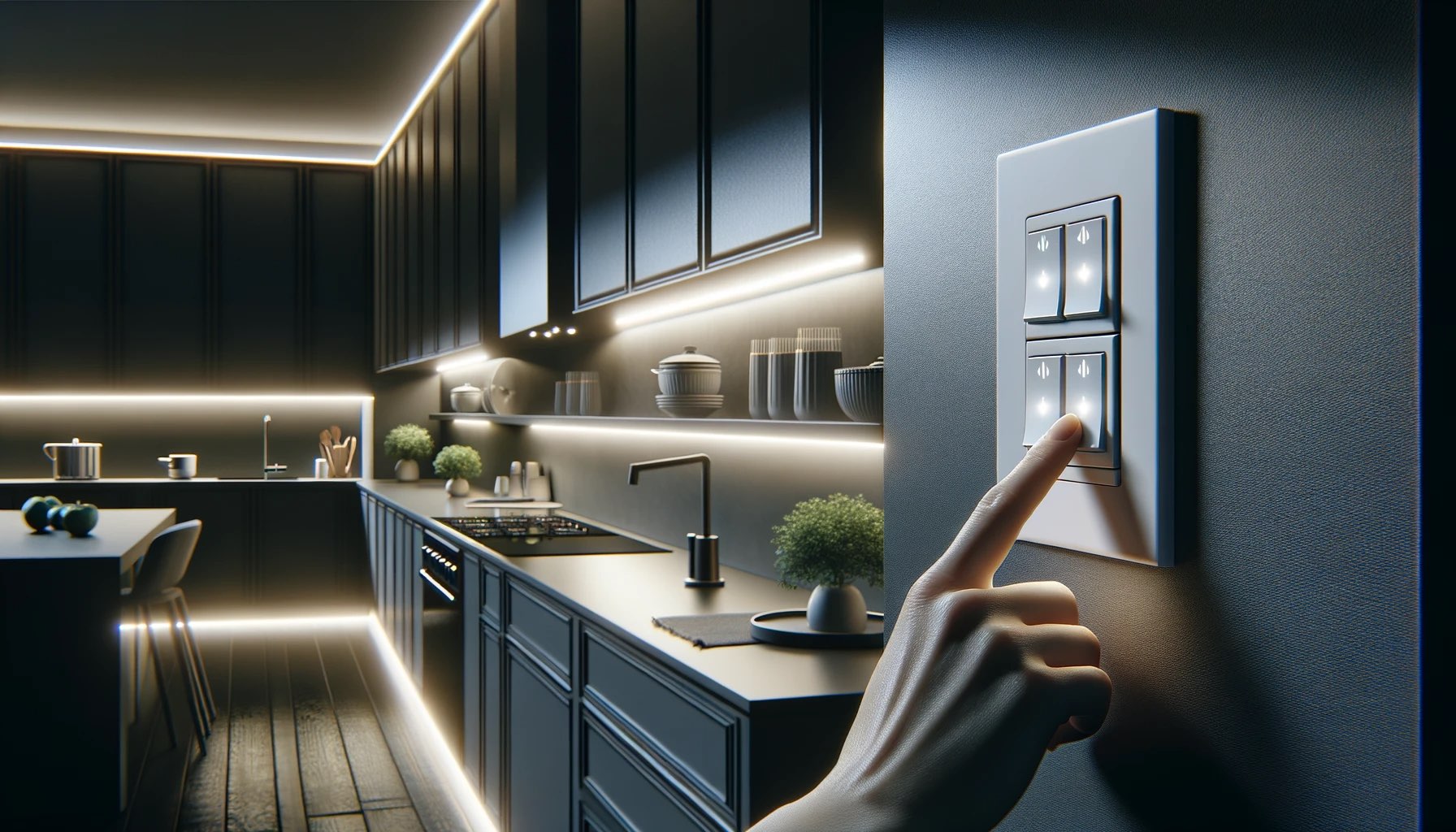

0 thoughts on “What Kind Of Dimmer Switch Do I Need”